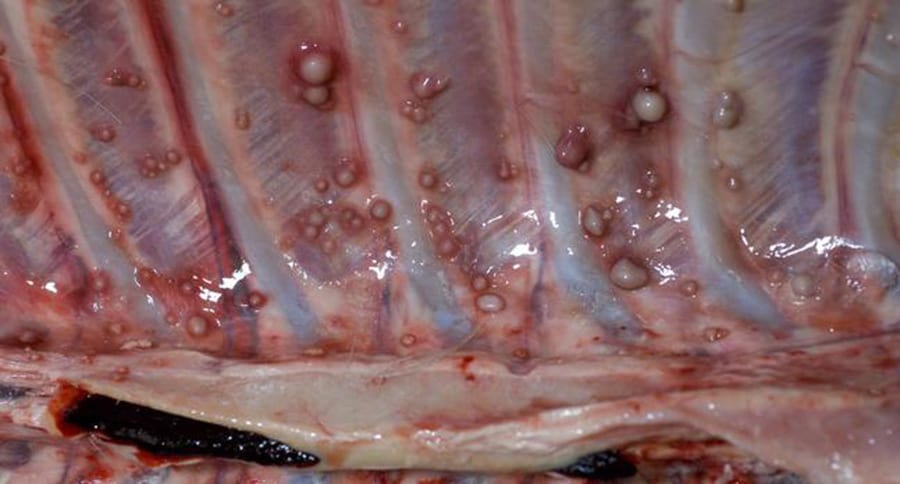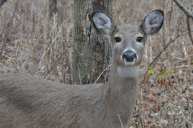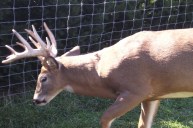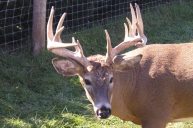Michigan hunters are being urged to watch for possible bovine tuberculosis-infected deer, and to get their carcasses checked.
Parts of northeast Michigan, combined with a few other locations, have seen the latest round of tests produce positive results of bovine tuberculosis (TB) in wild deer, raising the need for hunters to watch out for the disease in harvested deer this fall.
Seen as an emerging disease issue by the Michigan state government, bovine tuberculosis is a bacterial disease caused by the bacteria Mycobacterium bovis. It primarily affects cattle herds (hence the "bovine" in the name), but can transmitted to wildlife species rather easily through coughing, sneezing, and saliva. Direct contact is not required, and saliva transmitted through animal feed is a common culprit of its spread.
Unfortunately, there are no effective vaccines for bovine TB prevention in wild deer, and no effective medications for treatment. The DNR uses a combination of wildlife disease surveys and deer management strategies to hopefully eliminate the disease in wild herds. Hunters are asked to examine their deer from all areas of the state, but the areas highlighted in this map indicate the highest level of concern.
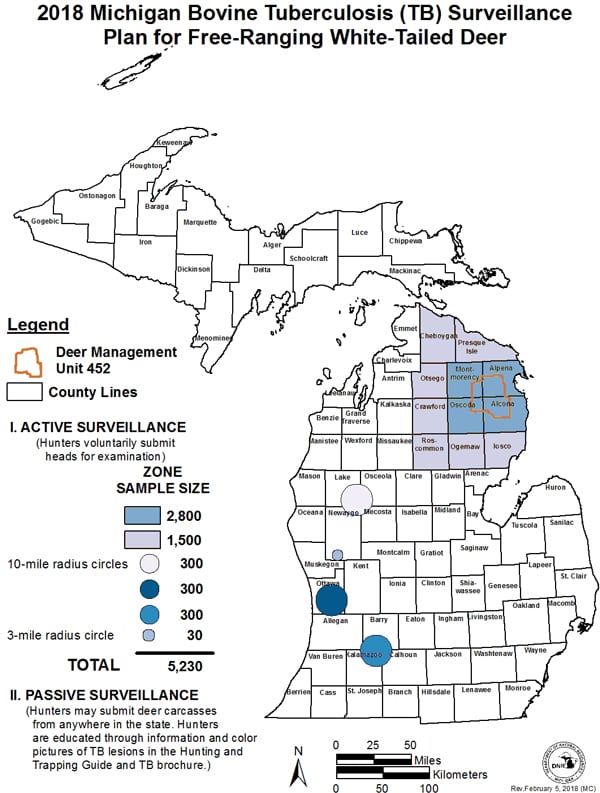
Michigan has become a sort of hot spot for bovine TB in wild animals, and as a result been on the leading edge of fighting the spread and establishing an eradication program the tackle the disease before it moves into other areas of the United States and North America. A quote from the DNR's Wildlife Division chief Russ Mason called hunters to action:
"Michiganders need to educate themselves about this disease, and find out ways they can help," said Mason. "Whether you are a hunter submitting samples for surveillance, or a cattle producer fencing off feed to prevent cattle/deer interactions, it's these everyday actions that can affect change over time. This is not a problem for just white-tailed deer hunters, or cattle farmers, or even residents in the northern Lower Peninsula; this is a problem for everyone in Michigan."
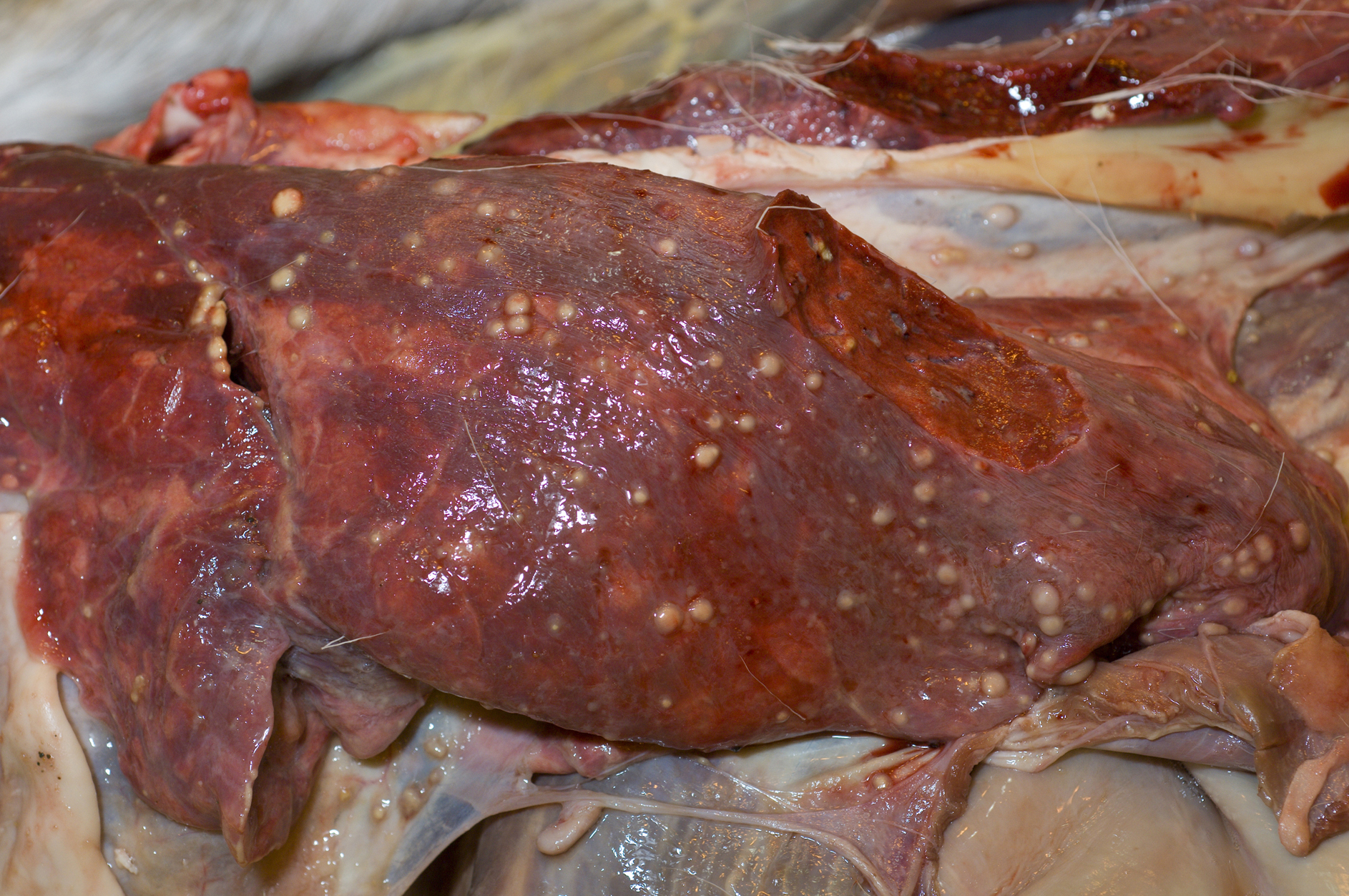
The easiest way for hunters to detect bovine TB is while field dressing a deer. Lymph nodes in the animal's head usually show infection first, followed by lesions on the surface of the lungs and chest cavity. If a deer is severely infected, they can develop lesions throughout their entire body, and may have tan or yellow lumps lining the chest wall and in the lung tissue. If a deer shows this type of infection, the DNR says it should be submitted to the DNR for laboratory testing.
Bovine TB was found in 10 counties in 2017, including:
- Antrim
- Cheboygan
- Crawford
- Emmet
- Iosco
- Mecosta
- Osceola
- Otsego
- Roscommon
- Shiawassee
The DNR is urging hunters to submit heads for testing from all deer harvested in the following counties:
- Alcona
- Alpena
- Cheboygan
- Crawford
- Huron
- Iosco
- Lake
- Mecosta
- Montmorency
- Newaygo
- Ogemaw
- Osceola
- Oscoda
- Otsego
- Presque Isle
- Roscommon
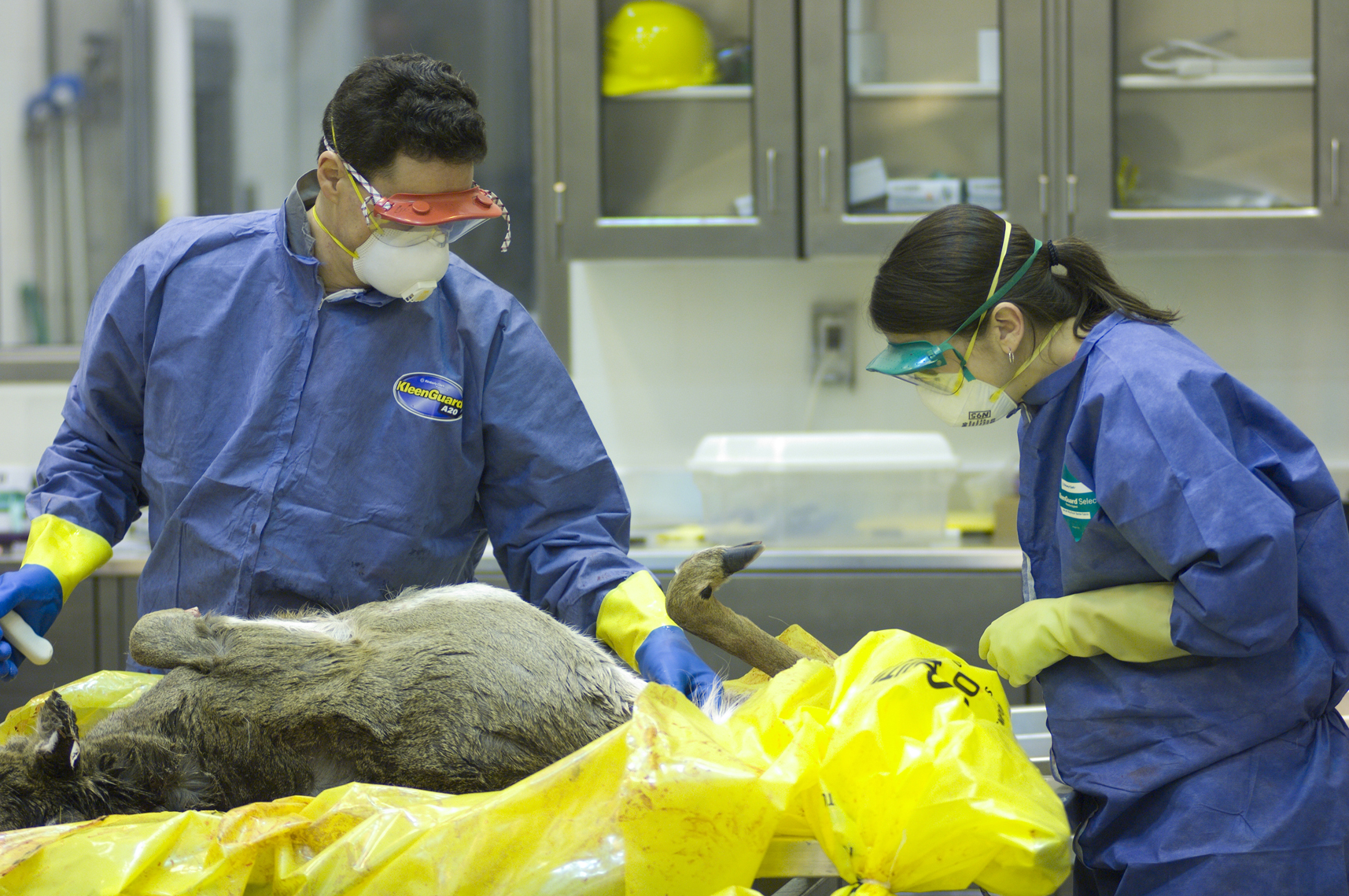
The testing is offered free of charge. There's a full list of Michigan DNR check stations found here.
As long as the proper procedures are put forth, the state of Michigan says that "By continuing to eliminate TB-infected animals from herds, paying close attention to the meat inspection and pasteurization processes, and using proper food handling and good management practices, the chance of bovine TB transmission from animals to humans is virtually eliminated."
It's good to know that when an animal health issue arises, especially one affecting a game animal, the Department of Natural Resources in Michigan is actively doing something about it. Educating folks how a domestic animal can influence a deer herd, and vice versa, is critical in the movement towards finding a solution.
NEXT: DEER HUNTING ALLOWED NEAR PHILADELPHIA INTERNATIONAL AIRPORT
WATCH
https://rumble.com/embed/u7gve.v3v4j9/
